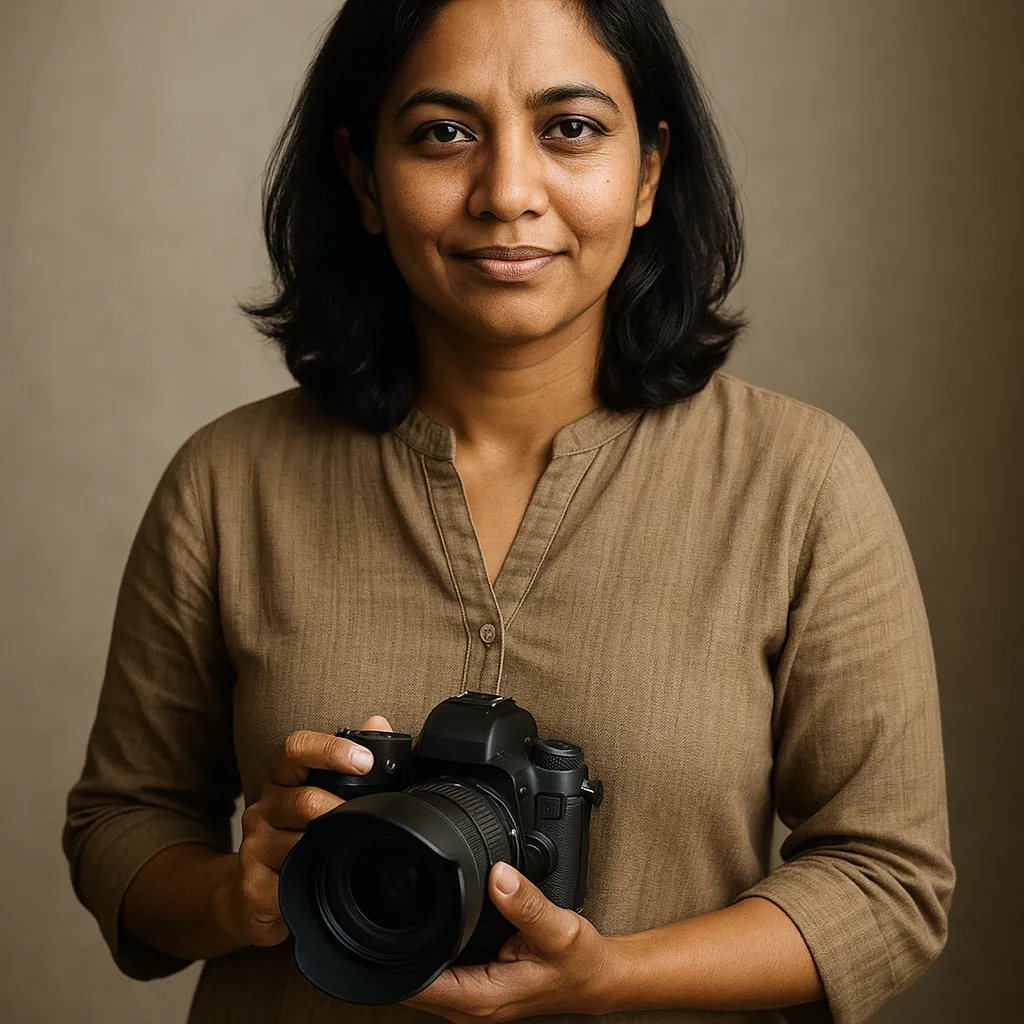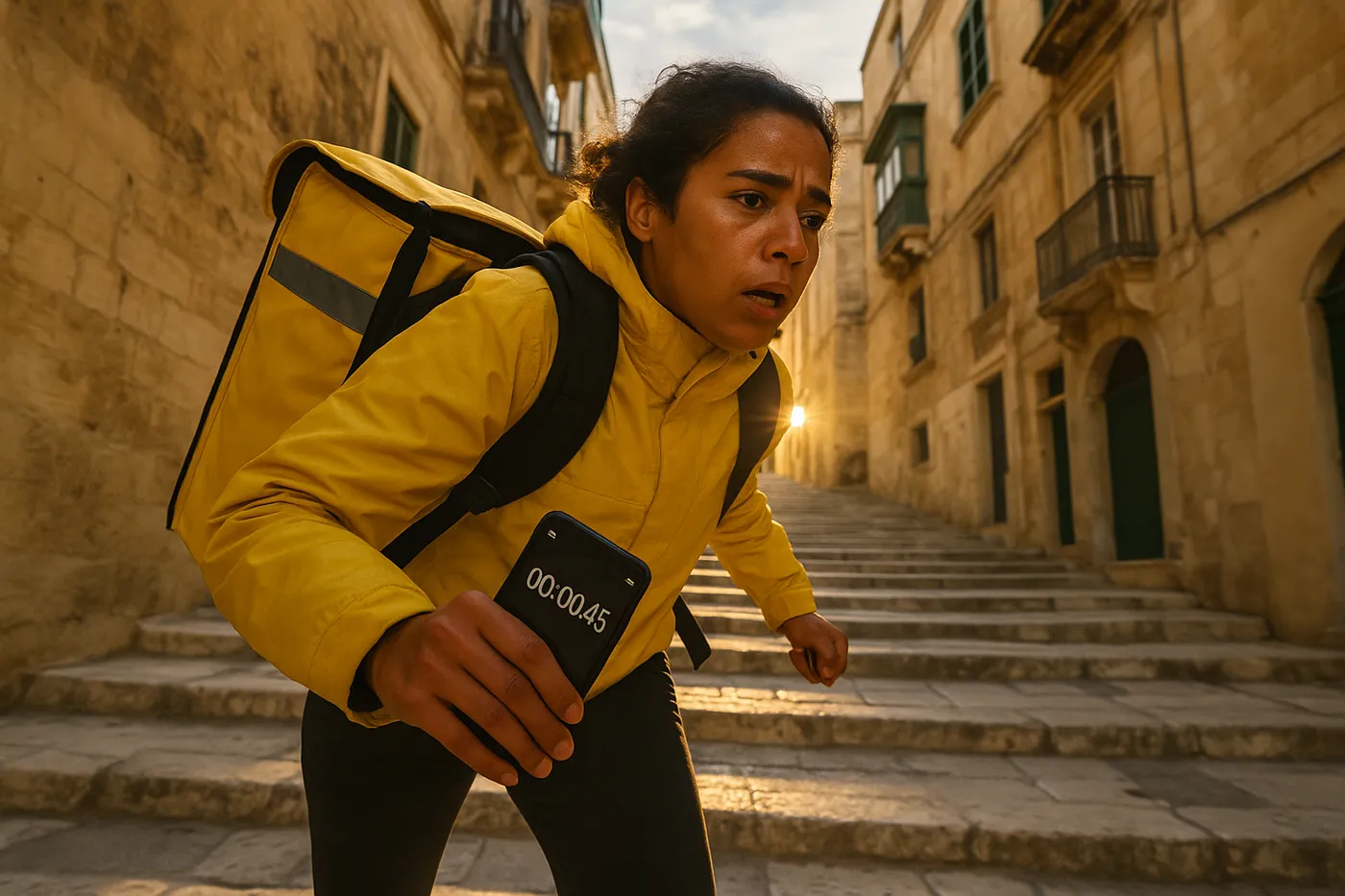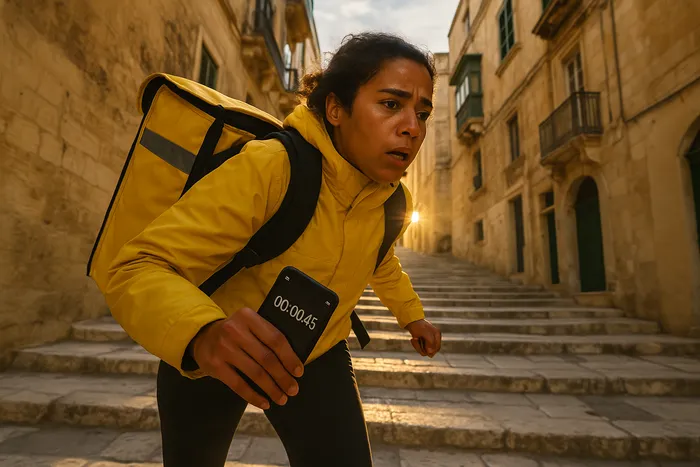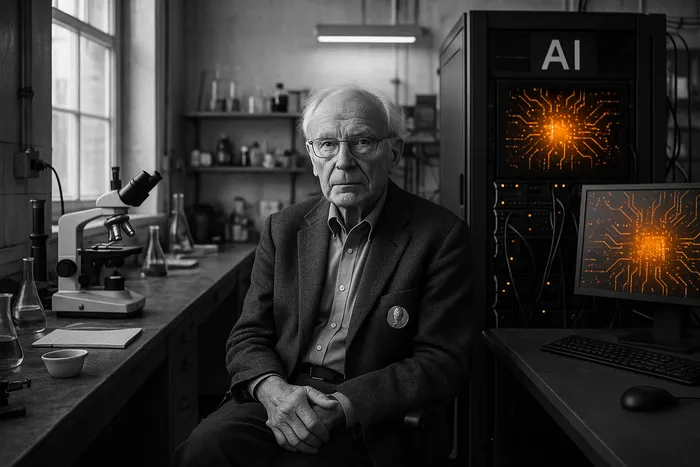Ghost Workers
In the gleaming offices of Silicon Valley, artificial intelligence is celebrated as humanity's greatest achievement—autonomous systems that can think, decide, and create without human intervention. But behind every "intelligent" algorithm lies an invisible army of workers whose labor powers the illusion of machine consciousness. They are the ghost workers: data labelers drawing bounding boxes around objects to teach self-driving cars, content moderators filtering traumatic material to keep platforms clean, and AI trainers correcting machine errors one click at a time.
This series documents the faces and stories of those who remain hidden in AI's shadow economy, working for pennies to train systems worth billions. From the late-night data centers of Bangalore to the crowded internet cafes of Manila, from the struggling single mothers of Nairobi to the university students of Mumbai, these workers form the invisible foundation upon which our digital future is built.
For eighteen months, I lived alongside these communities, working shifts beside data labelers to understand the psychological toll of teaching machines to see while remaining unseen themselves. Each portrait attempts to restore dignity to workers systematically erased from narratives of technological progress, revealing the human cost of artificial intelligence's broken promise of autonomy.
The faces in these images tell a story that tech executives would prefer remain hidden: that artificial intelligence isn't artificial at all, but rather a new form of human exploitation dressed in the language of innovation. These are the ghost workers—present in every AI decision, absent from every AI profit.
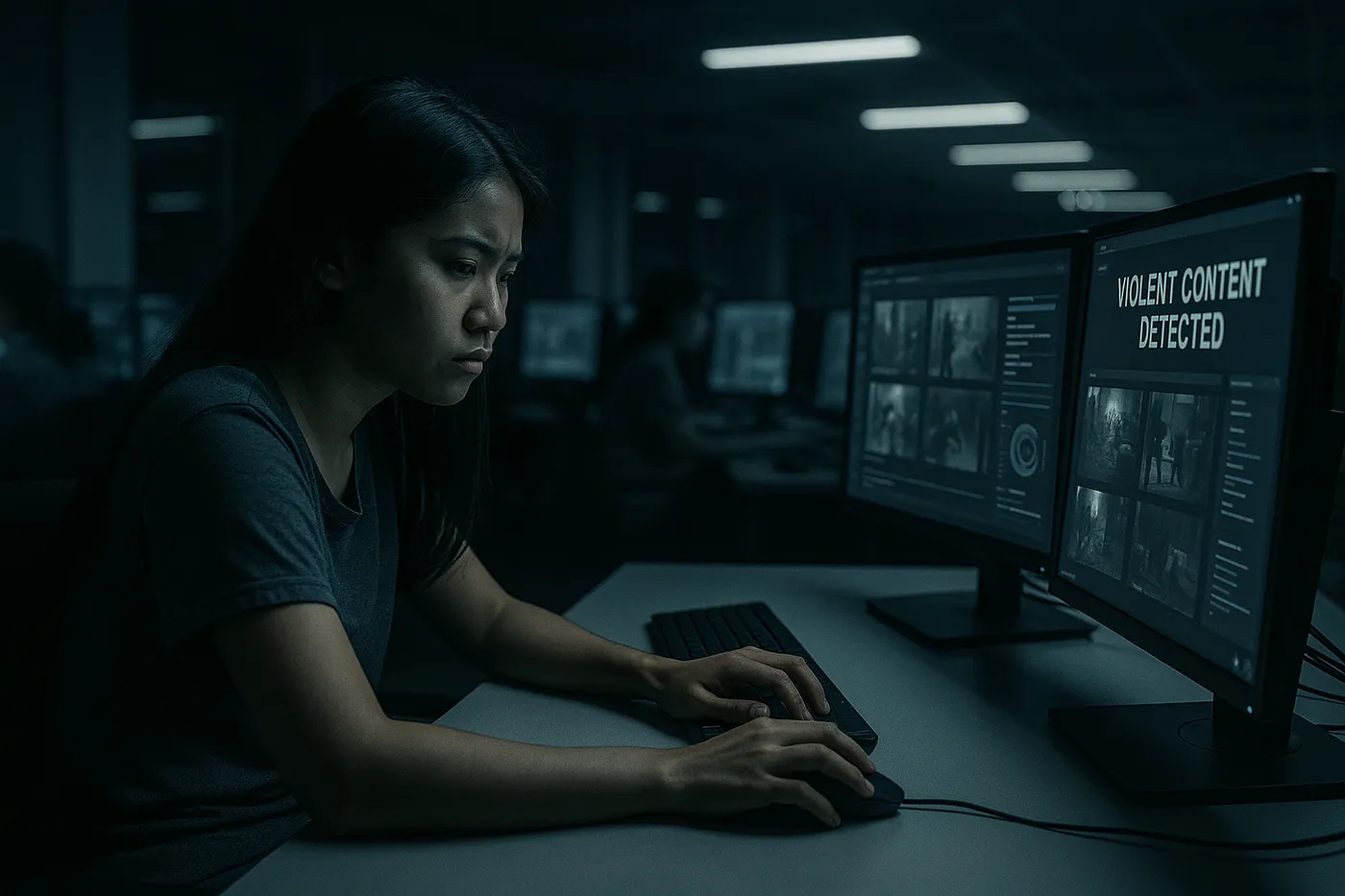
Image 1: The Trainer
Manila, Philippines - 2:47 AM
Sarah adjusts her screen brightness for the hundredth time tonight, her eyes burning from eight hours of teaching artificial intelligence to recognize violence. The images cascade past her cursor—car crashes, assaults, weapons—each requiring careful annotation so that AI systems can automatically remove them from social feeds. At 23, she's already developing chronic migraines from the work, but the $3 per hour keeps her family fed. Behind her, dozens of other trainers work in similar isolation, each carrying the psychological burden of filtering humanity's worst moments so that machines can appear intelligent. The fluorescent lights cast harsh shadows across her concentrated face, a modern portrait of digital labor's hidden cost.
Image Prompt: Young Filipino woman in her early twenties sitting at computer workstation in dimly lit data center, surrounded by multiple monitors displaying violent content detection interfaces, shot on Fujifilm GFX 50S II with 32-64mm lens at f/4, dramatic side lighting from computer screens mixing with harsh fluorescent overhead lights, medium shot showing her concentrated face and hunched shoulders from repetitive strain, desaturated color palette with cool blues and harsh whites dominating, rule of thirds composition with subject positioned left of center, background showing rows of similar workstations with other ghost workers, shot at 2:47 AM to capture the night shift reality, award-winning photojournalism, World Press Photo style, professional documentary photography

Image 2: Night Shift Mathematics
Bangalore, India - 3:15 AM
The data labeling center never sleeps. In this converted office building, workers draw precise bounding boxes around objects that will teach self-driving cars to navigate Indian streets they've never seen. Rajesh counts his output—847 images labeled tonight, each earning him 0.04 rupees. His calculator shows the brutal mathematics of AI training: $1.20 for ten hours of work that generates thousands of dollars in value for autonomous vehicle companies. The repetitive motion has given him carpal tunnel, but he can't afford the treatment. Around him, colleagues fight sleep as they prepare machines for a future that may not include them.
Image Prompt: Indian man in his thirties working at computer terminal drawing bounding boxes around objects on street scene images, shot on Fujifilm GFX 50S II with 32-64mm lens at f/5.6, natural light from multiple computer monitors providing key lighting in otherwise dark room, wide environmental portrait showing the scale of the data center with rows of workstations, carpal tunnel wrist brace visible on his hand, calculator showing earnings beside keyboard, background shows dozens of other workers at similar stations, deep focus to show the repetitive nature of the work, muted color grading with emphasis on blue screen light, shot during night shift hours, award-winning photojournalism, World Press Photo style, professional documentary photography
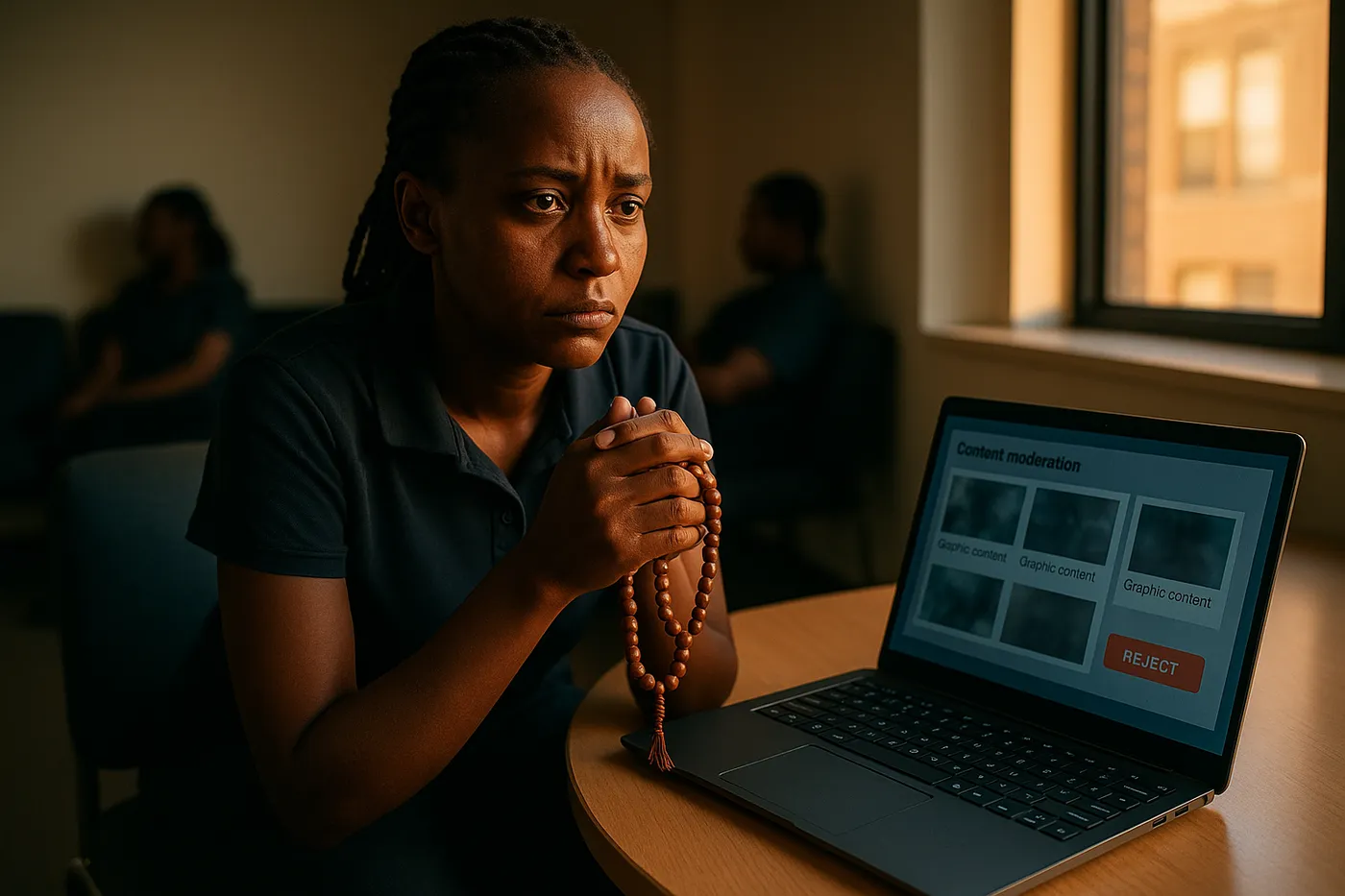
Image 3: Digital Violence, Sacred Rest
Nairobi, Kenya - Break Time
Fatima closes her laptop and reaches for her prayer beads, a ritual that has become essential after eight-hour shifts moderating social media content. As a content moderator for a major platform, she reviews posts flagged by AI systems that aren't sophisticated enough to distinguish between news and hate speech, art and abuse. Today she's seen over 2,000 pieces of traumatic content—genocide imagery, child exploitation, terrorist propaganda—earning $2.50 per hour to protect global users from material that haunts her dreams. Her hands shake slightly as she begins her prayers, seeking solace from the digital violence she encounters daily. The prayer beads represent her only defense against the psychological toll of cleaning the internet.
Image Prompt: Young Kenyan woman sitting in break room holding prayer beads, laptop closed beside her showing content moderation interface, shot on Fujifilm GFX 50S II with 32-64mm lens at f/2.8, soft natural window light creating peaceful contrast to harsh digital work environment, medium close-up portrait capturing her moment of spiritual refuge, hands slightly trembling while holding prayer beads, eyes showing thousand-yard stare from traumatic content exposure, warm afternoon light streaming through window contrasting with cold blue light from closed laptop screen, composition emphasizing the sanctuary of her break time, background showing other workers also on break, award-winning photojournalism, World Press Photo style, professional documentary photography

Image 4: Three Generations, One Algorithm
Mumbai, India - Home Office
In their cramped apartment, three generations of the Sharma family work together training artificial intelligence systems. Grandmother Kamala, 67, teaches her granddaughter Anita, 8, how to label images for autonomous vehicles—"car, truck, person, bicycle"—the same litany she's repeated thousands of times. Mother Rekha coordinates between them, managing multiple client accounts while preparing dinner. They earn collectively $15 per day labeling images for self-driving cars they will never afford to ride. The irony is not lost on them: they are training machines to navigate wealthy neighborhoods while living in poverty. Yet this family business has become their lifeline, creating a strange intimacy as they work together to build a future that excludes them.
Image Prompt: Three generations of Indian women working together at shared computer desk in small apartment, grandmother teaching young granddaughter to label automotive images while mother coordinates work, shot on Fujifilm GFX 50S II with 32-64mm lens at f/4, warm domestic lighting from single overhead bulb mixed with computer screen glow, wide environmental portrait showing cramped living conditions with work station integrated into family space, multiple laptops and phones showing different labeling tasks, traditional family photos on walls contrasting with digital work, rule of thirds composition with three generations positioned across frame, cooking utensils visible suggesting multi-tasking of domestic and digital labor, award-winning photojournalism, World Press Photo style, professional documentary photography
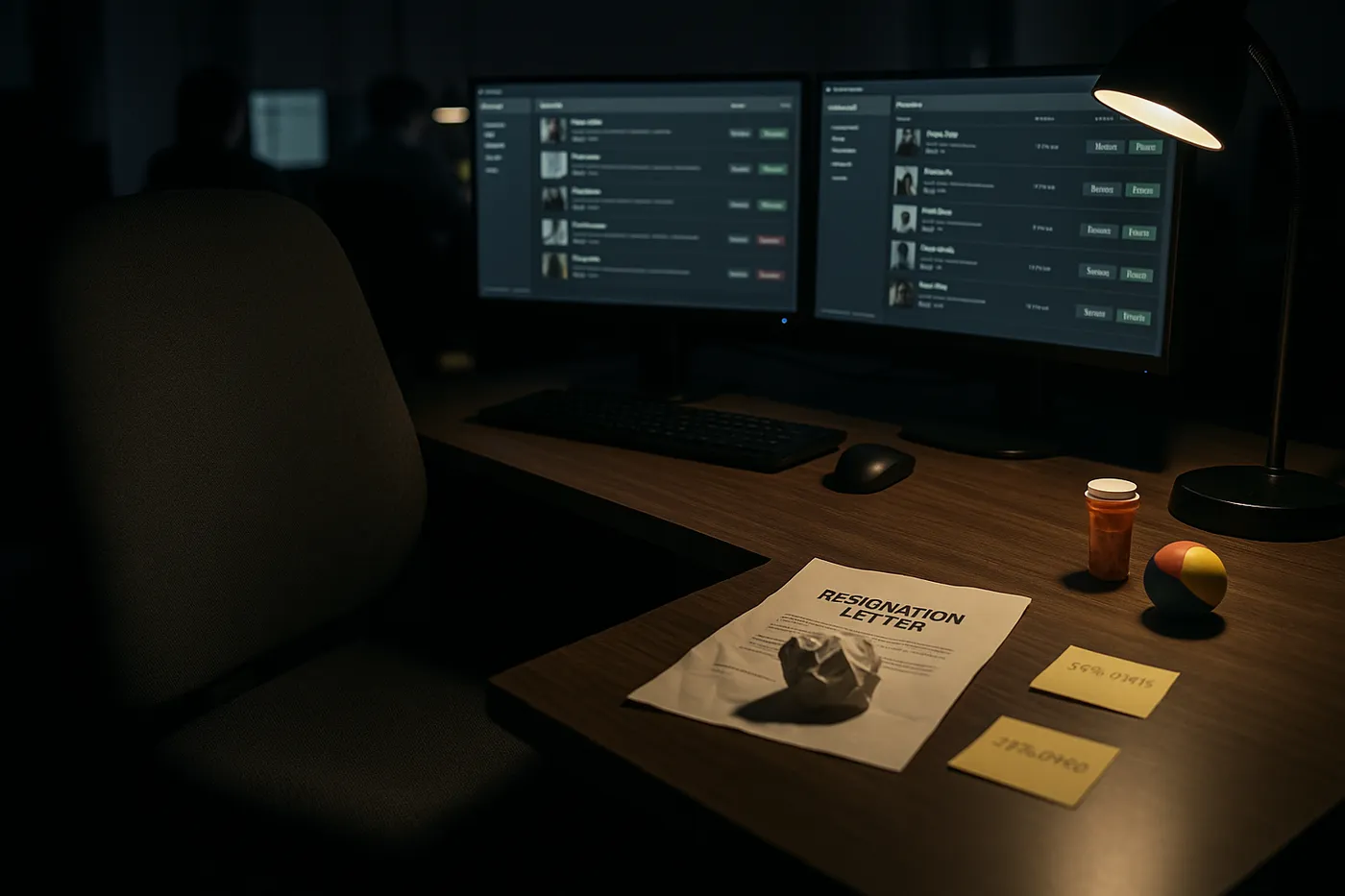
Image 5: The Empty Chair
Remote Data Center - End of Shift
The chair is still warm, but Deepak is gone—another casualty of the ghost worker economy. His resignation letter lies crumpled beside monitors still displaying the content moderation queue he can no longer face. After two years of reviewing suicide videos and terrorist propaganda for $2 per hour, his mental health finally broke. The sticky notes he left behind contain phone numbers for his replacement, a friend who doesn't yet understand the psychological cost of this work. His workstation remains a monument to the human sacrifice required to keep AI systems "clean," each empty chair in these centers representing someone pushed beyond their breaking point by digital trauma.
Image Prompt: Empty office chair at computer workstation with crumpled resignation letter on desk, content moderation interface still active on multiple monitors, shot on Fujifilm GFX 50S II with 32-64mm lens at f/2.8, dramatic lighting with single desk lamp creating chiaroscuro effect, close-up shot focusing on the abandoned workspace with sticky notes containing phone numbers, indentation in chair cushion suggesting recent occupation, multiple monitors showing queued content waiting for review, personal items hastily left behind including stress ball and medication, background showing other workers continuing their shifts unaware, composition emphasizing the ghostly presence of the departed worker, award-winning photojournalism, World Press Photo style, professional documentary photography
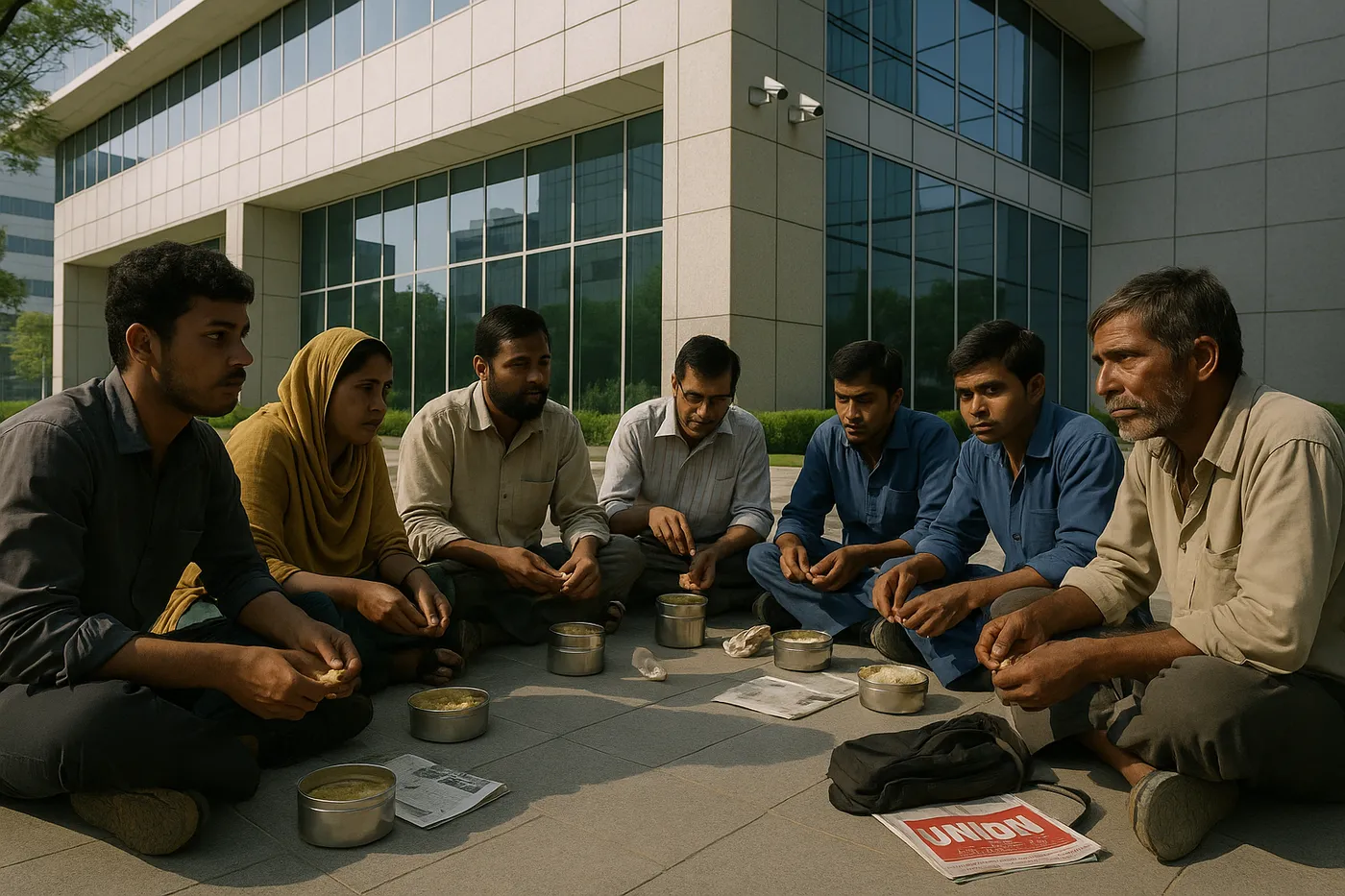
Image 6: Solidarity in Shadows
Outside Data Center, Hyderabad - Lunch Break
Workers gather outside the gleaming tech campus where they labor in anonymity, sharing lunch and whispered conversations about unionization. These are the same hands that train facial recognition systems and moderate hate speech, now breaking bread together in rare moments of solidarity. They speak in hushed tones about organizing for better wages and mental health support, knowing that their employers prefer them isolated and invisible. The irony is palpable: workers who teach AI systems to recognize human faces are themselves unrecognized by the companies that profit from their labor. Their conversations represent the first stirrings of resistance against an economy that treats human intelligence as infinitely renewable and disposable.
Image Prompt: Group of diverse South Asian workers sharing lunch outside modern tech campus building, sitting in circle on ground in shade, shot on Fujifilm GFX 50S II with 32-64mm lens at f/5.6, natural outdoor lighting with campus building creating partial shade, medium wide shot showing both the informal gathering and imposing corporate architecture, workers engaged in quiet conversation while eating simple meals, union pamphlets discretely visible among belongings, security cameras on building visible in background creating surveillance context, composition contrasting human-scale gathering with monumental corporate structure, mixed expressions of hope and wariness on faces, award-winning photojournalism, World Press Photo style, professional documentary photography
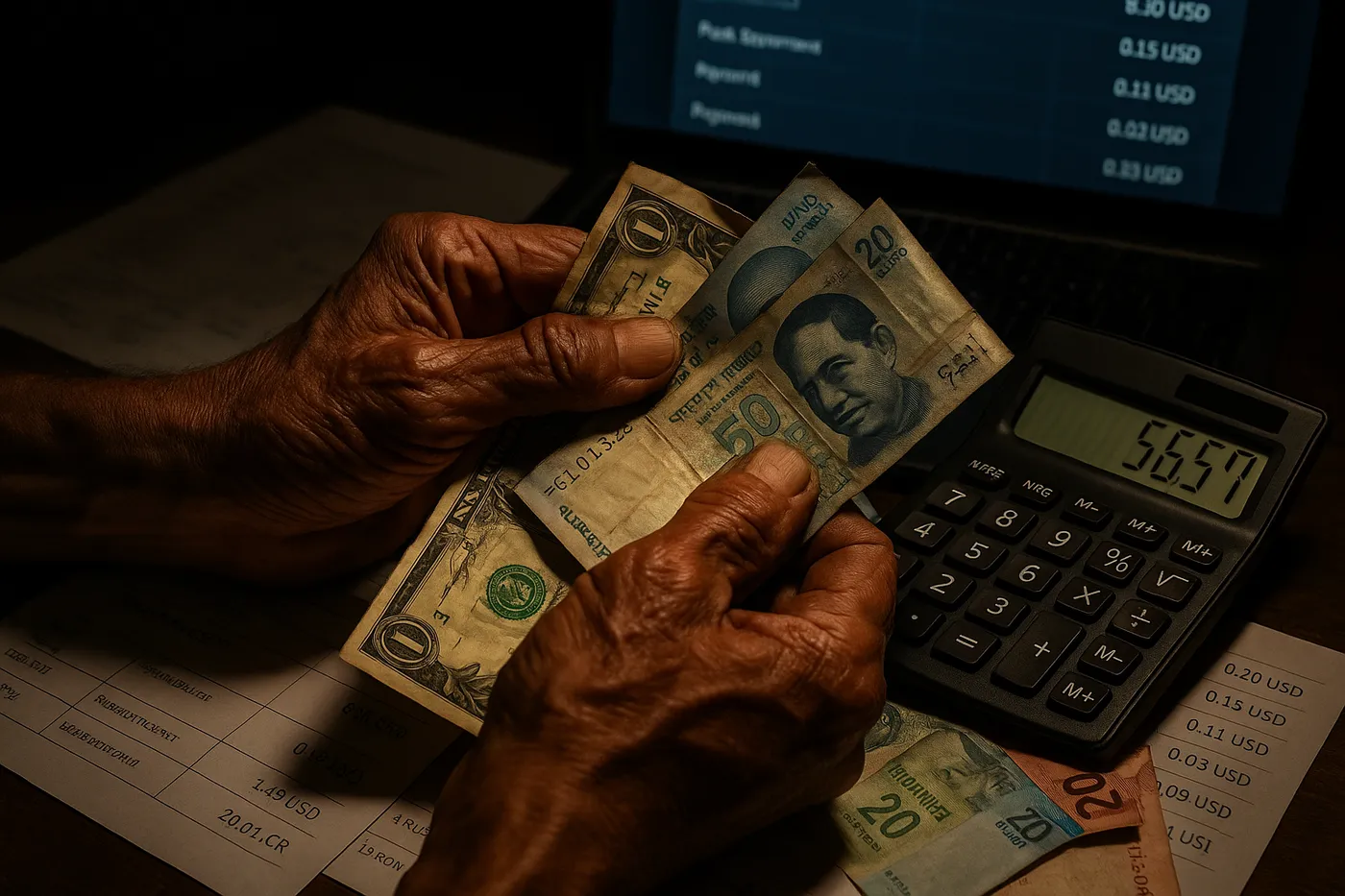
Image 7: The Mathematics of Exploitation
Close-up, Multiple Locations - Pay Day
These hands calculate the brutal economics of artificial intelligence training—$2 per hour for work that generates millions. Bank statements and payment receipts spread across desk show the mathematical violence of digital colonialism: 40 hours of training autonomous vehicles earns less than a single ride in a robot taxi. Calloused fingers count crumpled bills while screens display invoices to Silicon Valley companies worth billions. The calculator becomes a witness to systemic theft—human intelligence extracted at subsistence wages to create artificial intelligence sold at premium prices. These numbers tell the untold story of AI: not automation replacing humans, but humans automated into poverty.
Image Prompt: Close-up shot of weathered hands counting small denomination bills beside calculator showing meager weekly earnings, payment receipts and bank statements scattered on desk showing micro-payments from AI training platforms, shot on Fujifilm GFX 50S II with 32-64mm lens at f/2.8, dramatic lighting emphasizing texture of working hands against financial documents, macro detail showing wear patterns on fingers from repetitive computer work, computer screen in background displaying payment interface with cents amounts, currency from multiple countries (rupees, pesos, shillings) showing global scale of exploitation, composition emphasizing the mathematics of digital labor extraction, warm skin tones contrasting with cold blue digital interfaces, award-winning photojournalism, World Press Photo style, professional documentary photography
Photographer Portrait Prompt
Professional portrait of Indian documentary photographer, woman in her mid-thirties with shoulder-length black hair, wearing simple cotton kurta, shot against neutral background with natural lighting, confident but compassionate expression reflecting social justice focus, hands visible showing connection to her craft, professional portrait style

